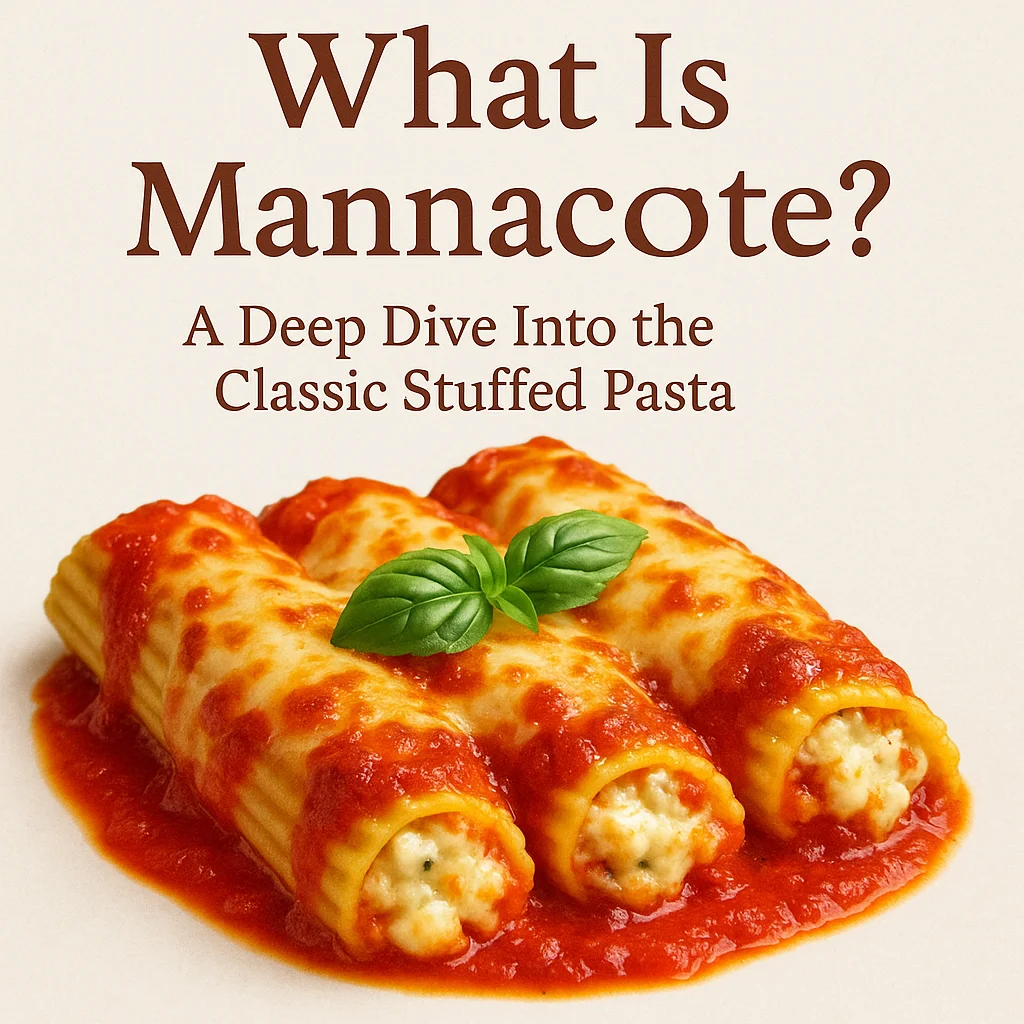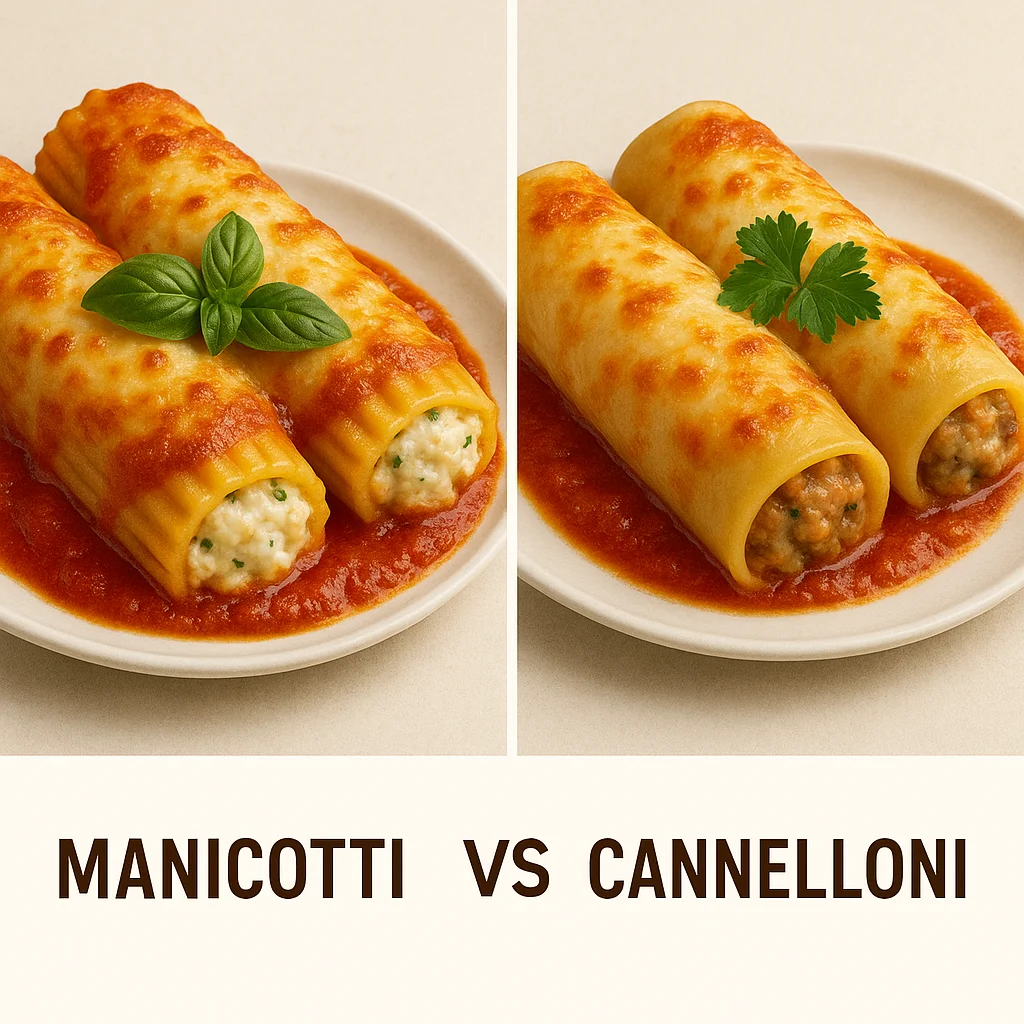Introduction
If you’ve ever stepped into an Italian-American household on a Sunday afternoon, chances are you’ve smelled something delicious baking in the oven. One of the most iconic dishes to grace their tables is mannacote—a comforting, cheesy, and tomato-rich pasta dish. This staple isn’t just about taste—it’s about tradition, heritage, and family. In this article, we explore why mannacote in Italian-American homes remains a beloved mainstay and how it connects generations through food.
Benefits of Mannacote in Italian-American Homes
How It Helps Preserve Cultural Identity
Food is a powerful cultural symbol. Mannacote in Italian-American homes represents:
- A connection to ancestral roots
- The preservation of old-world recipes
- The blending of Italian and American culinary traditions
- A centerpiece for gatherings and celebrations
This dish helps families remember where they came from and pass down that heritage with every bite.
Key Advantages for Families and Food Lovers
- Tradition: Often served at holidays and Sunday dinners
- Simplicity: Made with basic, affordable ingredients
- Flavor: Rich, cheesy, and satisfying comfort food
- Community: Encourages cooking and eating together
How to Use/Apply Mannacote Traditions in Daily Life
Step-by-Step Guide to Making It a Family Tradition
- Plan a Weekly Pasta Night:
Make Sunday dinner a sacred family tradition with mannacote as the star.
- Cook Together:
Get kids involved in stuffing the pasta tubes—it’s fun and teaches them family recipes.
- Use Passed-Down Recipes:
Stick to Grandma’s version or slightly modernize it, but keep the heart of the dish intact.
- Tell Stories at the Table:
Sharing family history while enjoying mannacote builds emotional connection and cultural memory.
Common Mistakes to Avoid
- Replacing authentic cheeses with processed substitutes
- Using dry or under-seasoned fillings
- Skipping the bake—it’s not just about cooking, but melding flavors
- Not involving the family in preparation
Best Practices for Enjoying Mannacote in Italian-American Homes
Tips & Tricks for Better Results
- Use full-fat ricotta for the most authentic texture
- Season the filling well with herbs like basil, parsley, and garlic
- Let the dish rest before serving—it allows flavors to settle
- Make a large batch: Mannacote freezes well for future meals
Expert Recommendations
- Food historians suggest documenting family variations of the recipe
- Nutritionists recommend pairing mannacote with salad and grilled veggies for a balanced meal
- Chefs advise adding béchamel sauce or a dash of nutmeg for a refined twist
FAQs About Mannacote in Italian-American Homes
Why is mannacote so popular in Italian-American families?
Because it’s comforting, budget-friendly, and loaded with flavor. It also holds deep sentimental value in family traditions.
Is mannacote the same as manicotti?
They’re very similar. Some say “mannacote” is a dialectal or phonetic variation of “manicotti,” adopted by Italian immigrants in America.
Can I use different fillings?
Absolutely! While ricotta-based fillings are classic, you can also try spinach, sausage, ground beef, or mushrooms for variation.
Is it a holiday dish or an everyday meal?
Both! It’s commonly seen at Christmas, Easter, and big Sunday dinners, but some families enjoy it more frequently.
What pasta is best for mannacote?
Large pasta tubes like manicotti shells or cannelloni work well. Homemade crepes (crespelle) are also used in traditional recipes.
Conclusion
Mannacote in Italian-American homes isn’t just a dish—it’s an experience passed down from generation to generation. It represents love, culture, and comfort. Whether it’s bubbling in the oven on a holiday or served on a quiet Sunday evening, mannacote continues to be a delicious reminder of family bonds and Italian roots.


